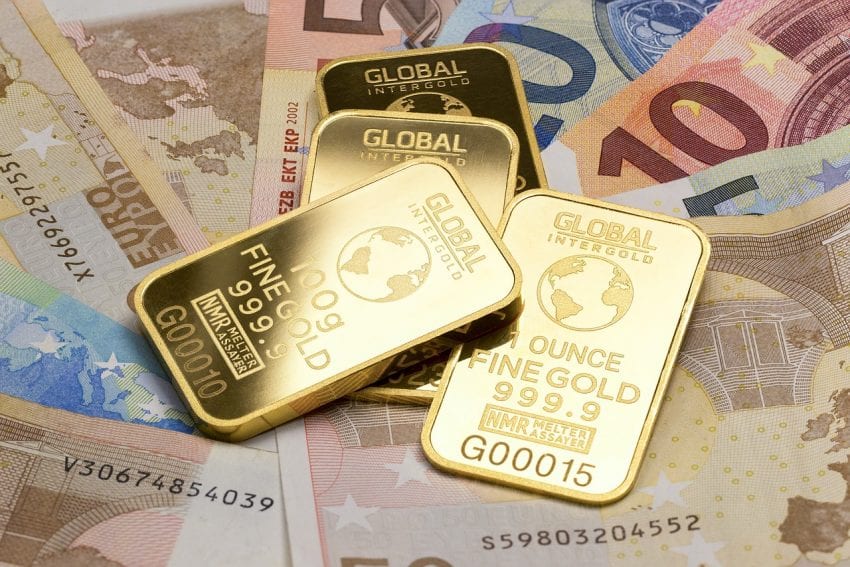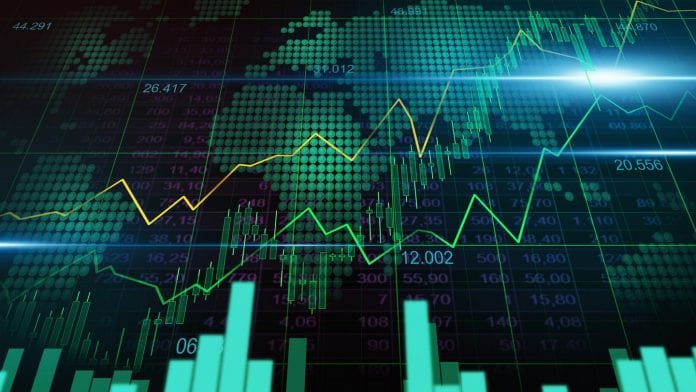Believe it or not, the notion of Forex trading can actually be traced back to the Babylonians, who first emerged as a central-southern Mesopotamia society in 1894 BC. At this time, a rudimentary system was designed for the exchange of currencies and trade goods, and this remained in place until gold and silver became the key tools of transaction. The Forex market has evolved considerably since this time, however, from the ill-fated Gold Standard to the Bretton Woods System and virtual brokerage sites.
We’ll explore this evolution in greater detail below, whilst asking how the contemporary marketplace was formed.
Introducing the Gold Standard

As the notion of exchanging currency became increasingly commonplace in the 19th century, governments began to consider systems for determining and verifying value. The best example of this was the so-called ‘Gold System’, which pegged the value of the currency to a fixed quantity of gold.
This monetary system worked superbly until the early part of the 20th century, and particularly during the Great Depression of the early 1930s. This created a huge demand for gold as the banks began to fail, exhausting the supply of this precious metal and sending it value spiralling. Despite this and similar failures throughout history, it’s interesting to note that some of today’s cryptocurrencies are pegged to fiat alternatives such as the U.S. Dollar (USD), with the similar goal of regulating value and minimizing volatility.
The Bretton Woods System and Modern-day Trading

In 1944, an alternative to the Gold Standard was agreed during a conference off every single World War II Allied nation. This was known as the Bretton Woods System, so-called after the location in New Hampshire in which the conference was held.
This empowered central banks throughout the world to maintain fixed exchange rates between their currencies like the USD, with the latter serving as a global standard that also determined how investors would trade individual pairings.
This system also collapsed in 1971 (after the United States experienced significant stagflation and President Nixon began to deflate the dollar’s value in gold). This created a run on U.S. gold reserves at Fort Knox, eventually causing currencies to decouple from the dollar and leaders to seek out a new alternative.
The Last Word

The Bretton Woods System undoubtedly laid the platform for the modern forex market, which is still partially governed by central banks but dominated by virtual trading platforms like Oanda.
The latter point marks a decisive shift in the market, however, which is now traded exclusively online whilst virtual platforms assume the role of brokers.
With increasingly sophisticated algorithms and AI also shaping the marketplace in 2019, there’s no doubt that the foreign exchange will continue to evolve in the near-term. This will certainly be an interesting space to watch in the future, although what will really happen next is anyone’s guess.









